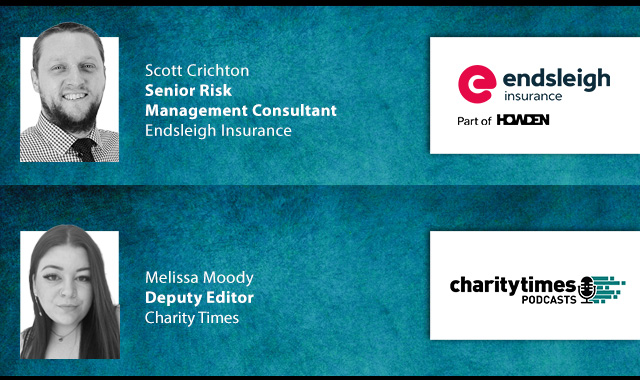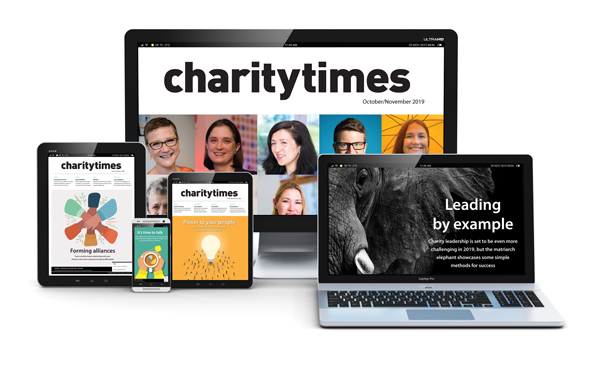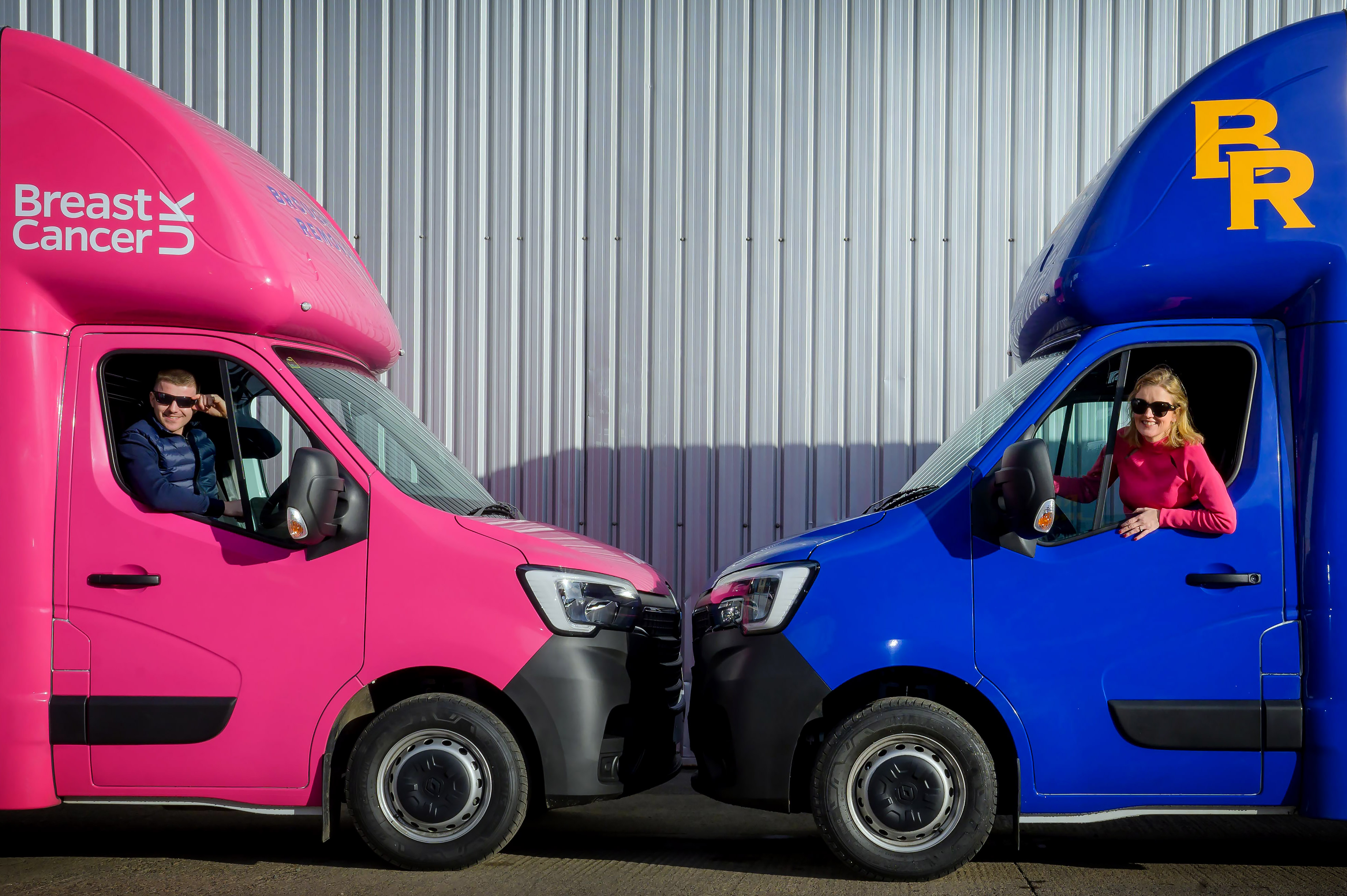Kemi Olafare explores how diversity of thought can unlock new solutions to persistent challenges.
_______________________________________________________________________
The topic of diversity in charities is often mentioned, particularly at Board, Trustee or senior leadership level, and rightly so. Although many statistics are slowly edging in a more balanced direction, the lack of representation in terms of race, gender, age, disability and other characteristics remains a visible issue. In tandem, the issues charities are aiming to tackle are becoming either more complex or not reducing despite copious investment. The saying around doing something the same and expecting a different result comes to mind.
Diversity can often feel daunting for charities, but ultimately I believe that the intention should be to achieve diversity of thought, which generates different discussions, idea proposals and exploring new solutions.
Consciously or not, we can fall into the trap of not considering issues because they don’t or never have applied to us or anyone we know. This is somewhat understandable as it would mean trying to relate to a seemingly impossible scenario. But having people in the room with an equal voice who can discuss their personal experiences or that of their networks can help to shed light on nuanced situations and enrich conversations.
Having a diverse team can inevitably bring the likelihood of managing difficult topics. Bringing together individuals who have deprioritised a matter as it has little significance to them alongside those for whom that same matter is foundational can make for uncomfortable conversations. But such meetings can and should be facilitated with care and respect. It’s only by having these beneath the surface discussions that tangible change can be given a chance.
Similarly a wider range of colleagues can bring insights and recommendations to a broader scope of literature. In today’s world it’s harder than ever to find credible sources of information that can help inform opinion. Different people are likely to have access to niche podcasts, articles and books that do not feature in the mainstream owing to lack of marketing or simply discrimination. I’ve lost count of the number of items I’ve recommended that others have never heard of, and in turn, I’m frequently introduced to new data sources.
Finally, a diverse team helps to bring to the forefront the complex topic of intersectionality. Protected characteristics are commonly referred to in an individual manner but people often have two or more of these, giving an added dynamic as to how challenges are tackled. Usually if you can make things better for the most disadvantaged group you inevitably bring in benefits for other marginalised demographics.
Therefore, rather than seeing diversity as a target to be attained to satisfy stakeholders, view it as getting the best people around a table to maximise impact. You’ll be pleasantly surprised at the outcomes.
Charity Times video Q&A: In conversation with Hilda Hayo, CEO of Dementia UK
Charity Times editor, Lauren Weymouth, is joined by Dementia UK CEO, Hilda Hayo to discuss why the charity receives such high workplace satisfaction results, what a positive working culture looks like and the importance of lived experience among staff. The pair talk about challenges facing the charity, the impact felt by the pandemic and how it's striving to overcome obstacles and continue to be a highly impactful organisation for anybody affected by dementia.
Charity Times Awards 2023
Mitigating risk and reducing claims

The cost-of-living crisis is impacting charities in a number of ways, including the risks they take. Endsleigh Insurance’s* senior risk management consultant Scott Crichton joins Charity Times to discuss the ramifications of prioritising certain types of risk over others, the financial implications risk can have if not managed properly, and tips for charities to help manage those risks.
* Coming soon… Howden, the new name for Endsleigh.
* Coming soon… Howden, the new name for Endsleigh.
Better Society

© 2021 Perspective Publishing Privacy & Cookies








Recent Stories